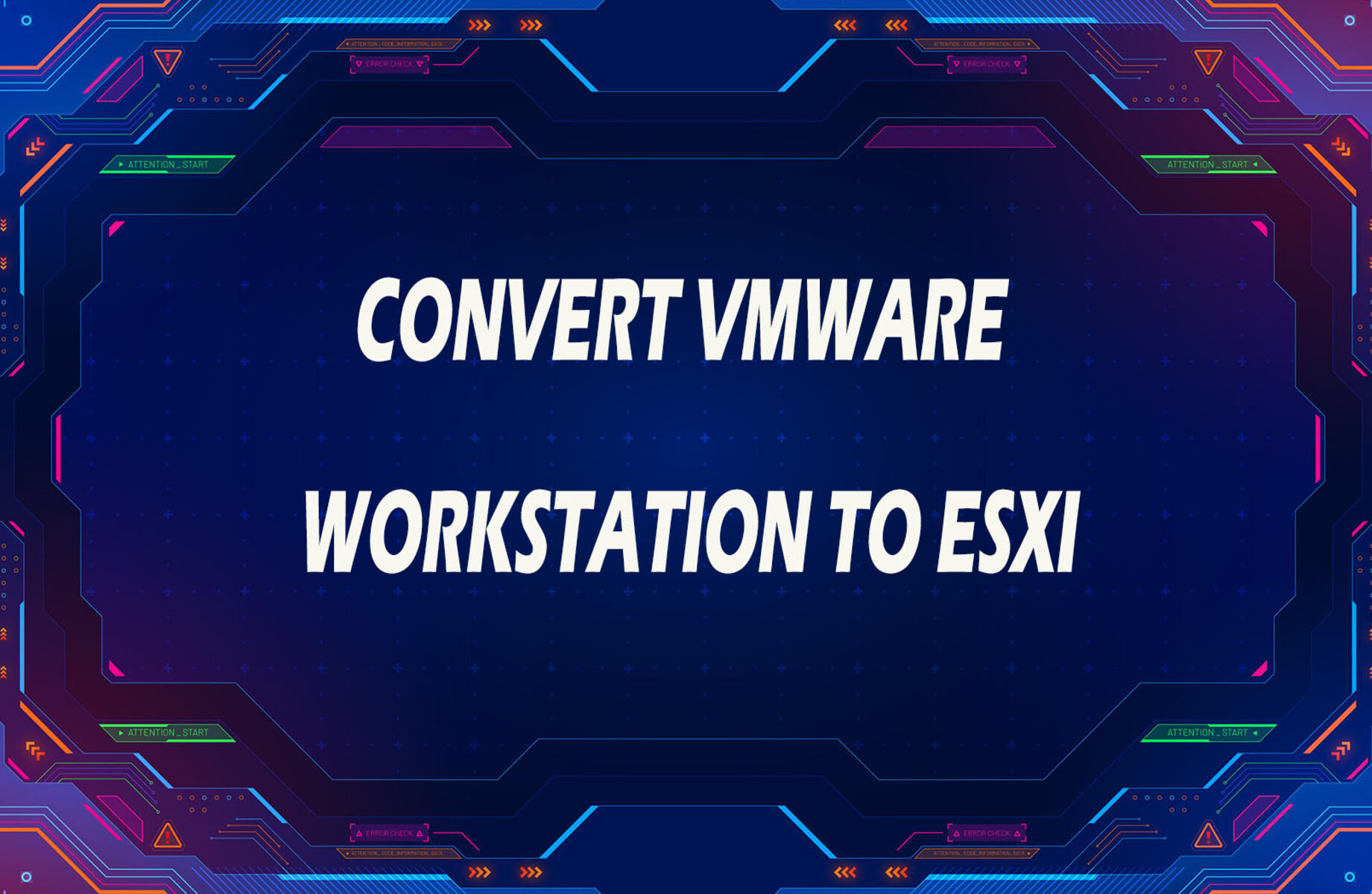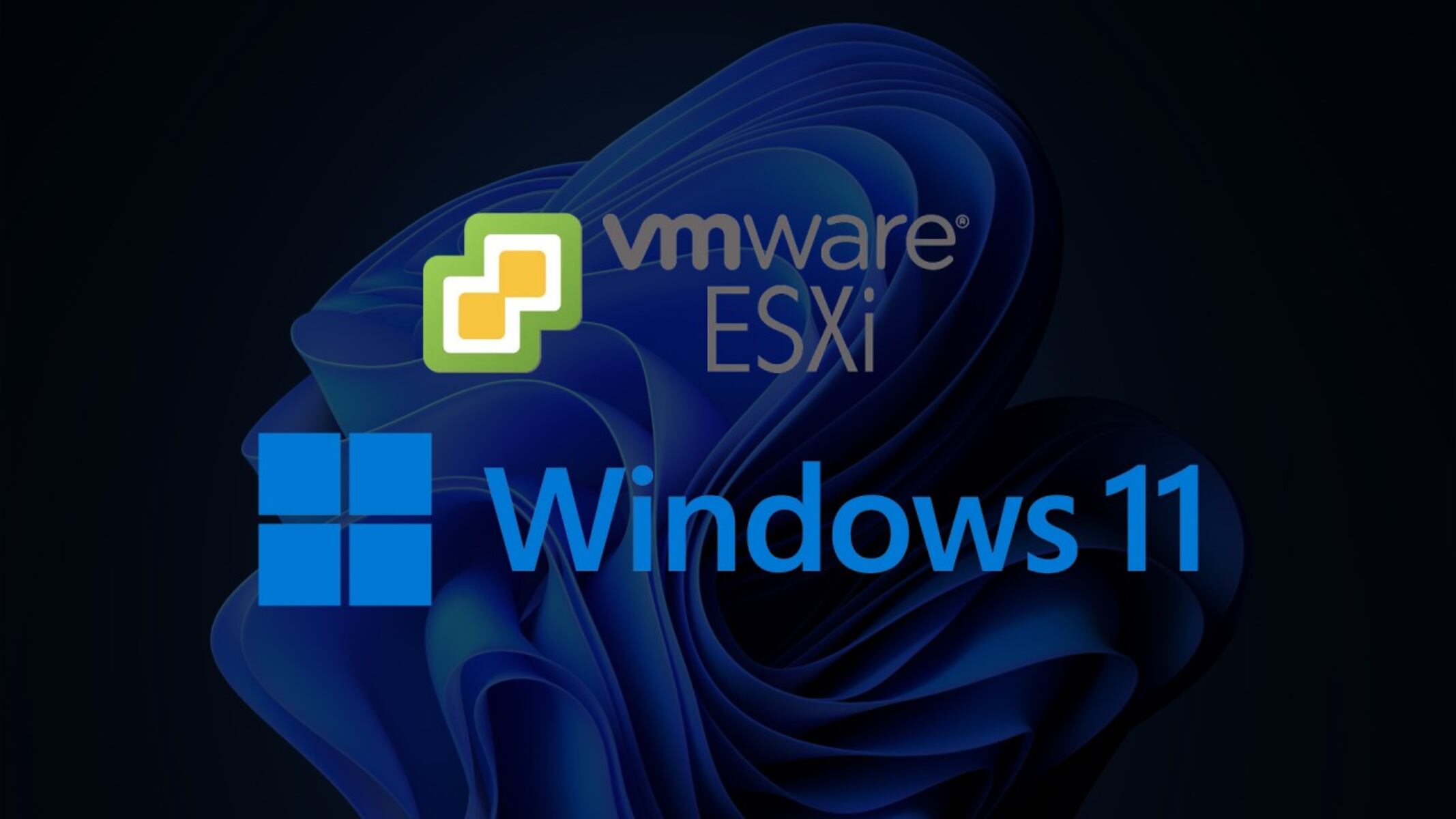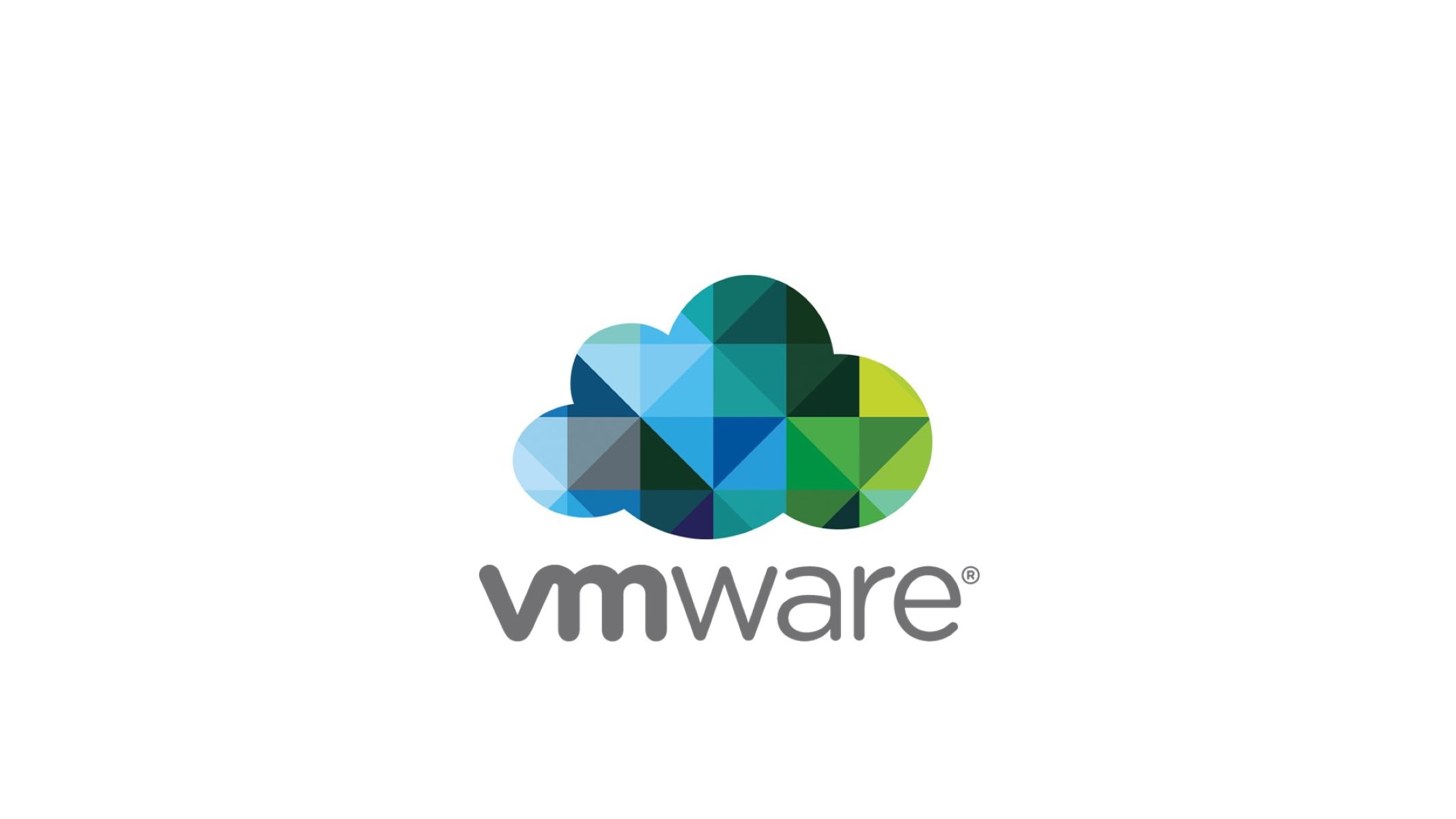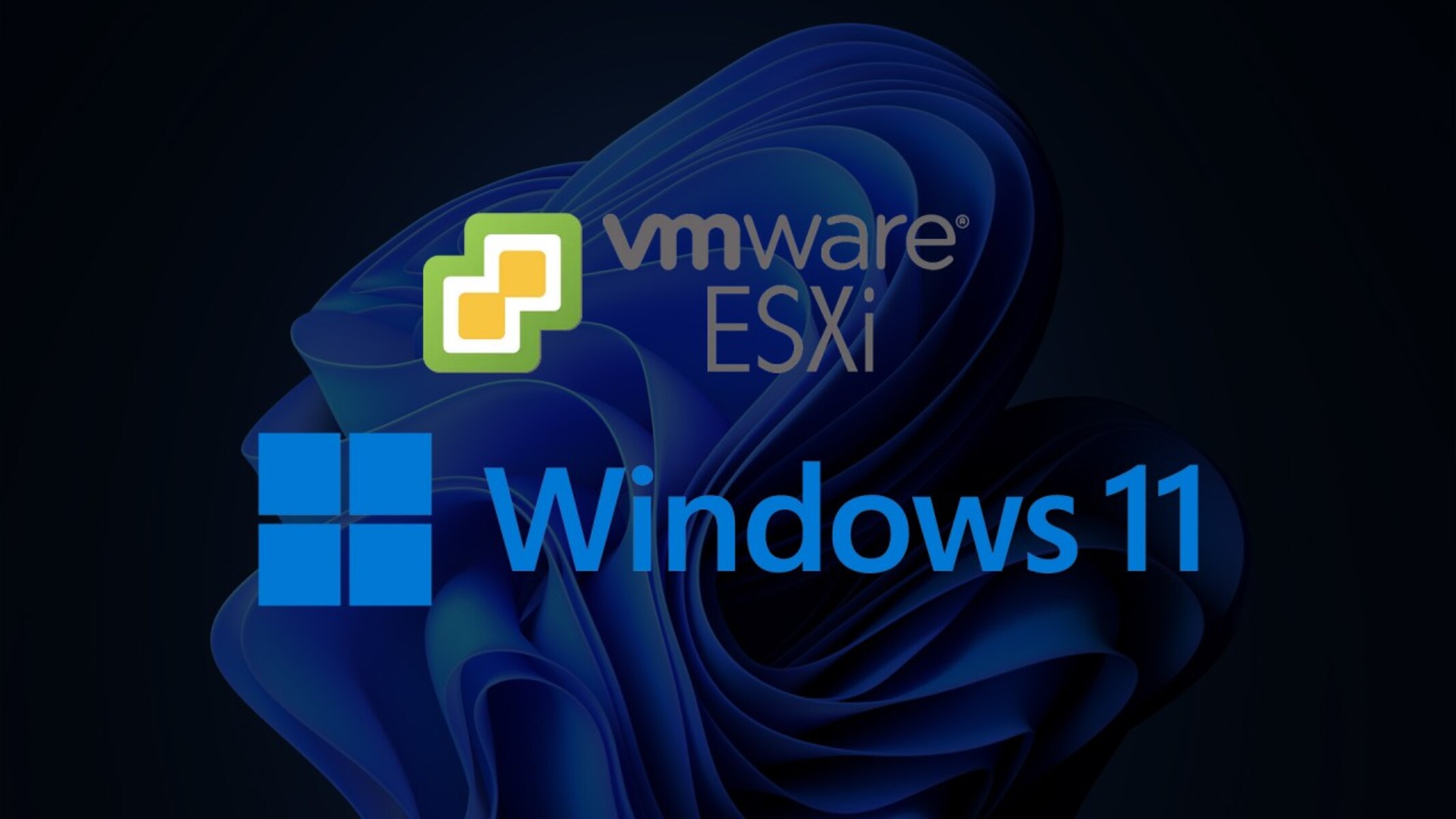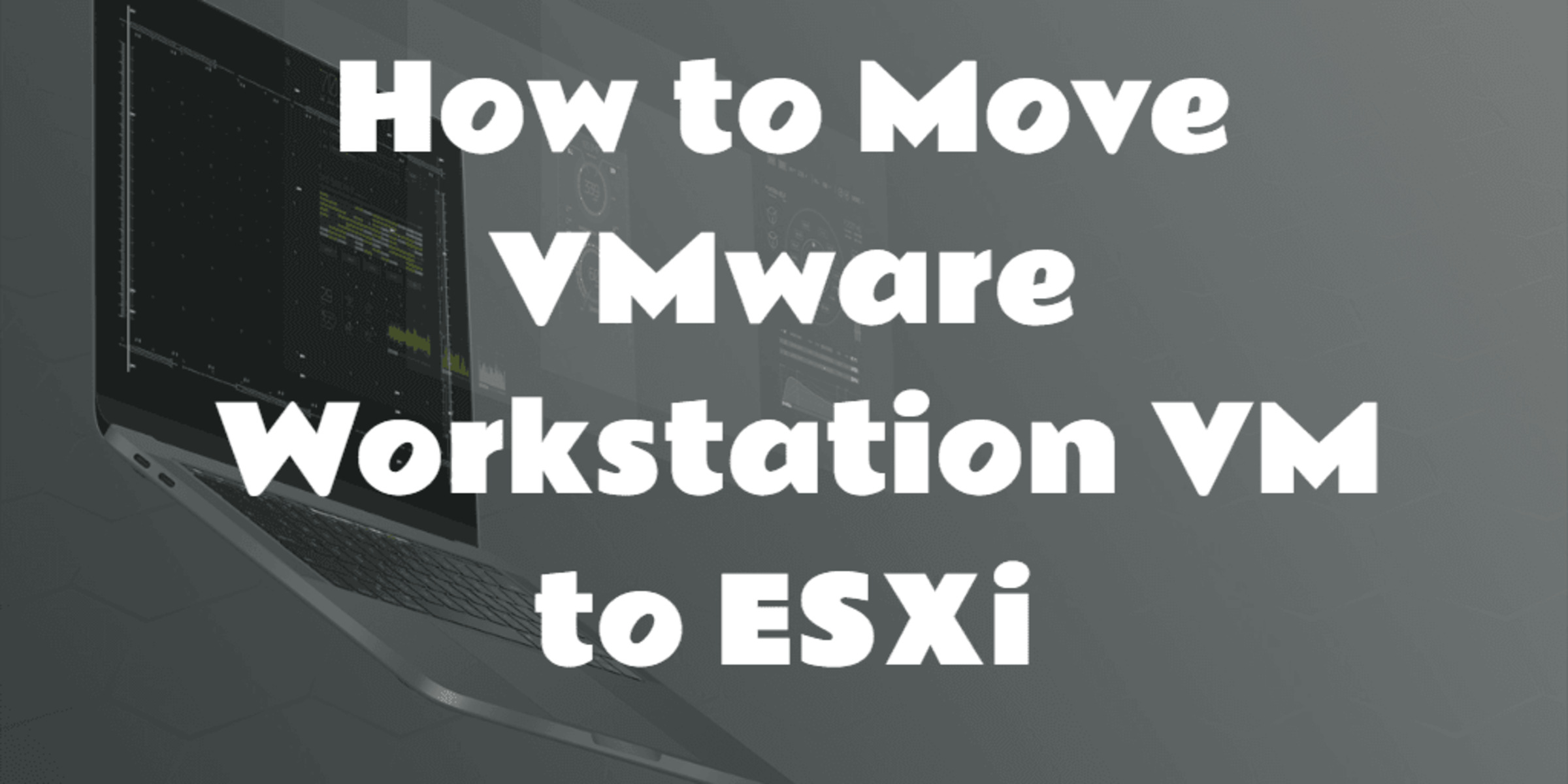Introduction
Welcome to the guide on how to copy a virtual machine (VM) from Workstation to ESXi. Whether you are migrating your VMs to a new environment or simply want to move your VM from your local Workstation to an ESXi server, this step-by-step tutorial will help you through the process. By following these instructions, you can ensure a smooth transition and continue to leverage the power and benefits of your virtual machines on the ESXi platform.
ESXi is a popular hypervisor that offers robust server virtualization capabilities. It provides a reliable and efficient infrastructure for running multiple VMs simultaneously, allowing you to optimize your resources and streamline your IT operations. Workstation, on the other hand, is a desktop virtualization application that enables you to run multiple operating systems on a single computer.
There are various reasons why you may want to copy a VM from Workstation to ESXi. For instance, you may have developed and tested a VM on Workstation and now need to deploy it to a production environment in an ESXi server. Alternatively, you may be migrating your VMs from a desktop setup to a more powerful server-based infrastructure.
In this guide, we will walk you through the necessary steps to successfully export your VM from Workstation, upload it to ESXi, import it into the ESXi server, and configure the necessary networking and storage. By following these steps, you will be able to seamlessly transfer your VMs to ESXi without losing any data or encountering compatibility issues.
Please note that this guide assumes you have prior knowledge and experience with managing virtual machines and working with both Workstation and ESXi. Additionally, make sure you have access to both Workstation and an ESXi server for the migration process.
Without further ado, let’s dive into the prerequisites and the step-by-step process to copy a VM from Workstation to ESXi.
Prerequisites
Before you begin the process of copying a VM from Workstation to ESXi, there are a few prerequisites that you need to ensure are in place. Let’s take a look at these prerequisites:
1. Workstation and ESXi Access: Make sure you have access to both Workstation and an ESXi server. This means having the necessary credentials and network connectivity to both platforms.
2. Compatible Versions: Ensure that the versions of Workstation and ESXi you are using are compatible with each other. It’s crucial to verify the compatibility matrix to prevent any compatibility issues during the migration process.
3. Sufficient Disk Space: Check that the ESXi server has enough available disk space to accommodate the transferred VM. You need to consider the size of the VM and ensure that there is ample storage capacity on the target ESXi server.
4. Network Connectivity: Both Workstation and the ESXi server should be connected to the same network. This connectivity is necessary to transfer the VM from Workstation to ESXi seamlessly.
5. Virtual Machine Configuration: Review the configuration of the VM in Workstation. Take note of the hardware settings, network settings, and any other custom configurations applied to the VM. This information will be useful when configuring the VM on the ESXi server.
6. Backup: As a precautionary measure, create a backup of the VM in Workstation before proceeding with the migration. Although the migration process does not typically result in data loss, having a backup ensures that you have a safeguard in case of any unforeseen issues.
By ensuring that you meet these prerequisites, you can proceed with confidence knowing that you have the necessary access, compatibility, resources, and measures in place to successfully copy a VM from Workstation to ESXi.
Step 1: Export the VM from Workstation
The first step in copying a VM from Workstation to ESXi is to export the VM from Workstation in a format that is compatible with ESXi. Follow these instructions to export the VM:
- Open Workstation and locate the VM you want to export.
- Ensure that the VM is powered off before proceeding.
- Right-click on the VM and select the “Export to OVF” option. OVF (Open Virtualization Format) is a standard format for packaging and distributing virtual machines.
- In the Export Virtual Machine wizard, choose a location to save the exported files. Select a destination that is easily accessible for the next steps.
- Specify a name for the exported VM, or use the default name.
- Review the export settings and make any necessary adjustments. You can choose to include the VM’s virtual disks and other resources, or exclude them if you prefer.
- Click “Finish” to start the export process. This may take some time depending on the size of the VM and the speed of your system.
- Once the export is complete, you will have a set of OVF files representing your VM.
The exported OVF files contain all the necessary information and resources required to import the VM into ESXi. This format ensures compatibility and easy transferability between different virtualization platforms.
By successfully exporting the VM from Workstation, you are now ready to proceed to the next step of the migration process, which involves uploading the VM to ESXi.
Step 2: Upload the VM to ESXi
Once you have exported the VM from Workstation in the OVF format, the next step is to upload the VM to your ESXi server. Follow these instructions to complete the upload process:
- Launch the vSphere Client or use the vSphere Web Client to connect to your ESXi server.
- In the ESXi interface, navigate to the datastore where you want to store the VM.
- Right-click on the datastore and select the “Browse VMFS Datastore” option. This will open the datastore browser.
- In the datastore browser, click on the “Upload Files” button and browse to the location where you saved the exported OVF files.
- Select all the OVF files and click “Open” to start the upload process. This may take some time, depending on the size of the VM and the speed of your network.
- Once the upload is complete, you will see the OVF files listed in the datastore browser.
- Right-click on the OVF file and select “Add to Inventory”. This will initiate the import process.
- In the import wizard, review the details of the VM and make any necessary adjustments to the VM’s name, folder, and resource allocation.
- Click “Finish” to import the VM into your ESXi server.
By following these steps, you have successfully uploaded the VM from Workstation to your ESXi server. The uploaded VM is now ready to be imported into the ESXi environment and configured accordingly.
Proceed to the next step, step 3, to learn how to import the VM into ESXi and ensure its seamless integration into your virtualized environment.
Step 3: Import the VM to ESXi
After successfully uploading the VM to your ESXi server, the next step is to import the VM and configure it within the ESXi environment. Follow these instructions to complete the import process:
- In the ESXi interface, navigate to the virtual machines inventory view.
- Right-click in the inventory pane and select “New Virtual Machine” to start the virtual machine creation wizard.
- In the wizard, select “Create a new virtual machine” and click “Next”.
- Specify a name for the virtual machine and choose the location where you want to store the virtual machine files. This can be the same datastore where you uploaded the OVF files or a different one.
- Select the compatibility mode that matches the version of ESXi you are using.
- Choose the guest operating system that corresponds to the operating system installed in the VM.
- Proceed to configure the number of virtual CPUs, memory allocation, and network adapter settings based on your requirements.
- In the “Select a disk” section, choose the “Use an existing virtual disk” option and browse to the OVF files that were uploaded to the datastore. Select the OVF file that corresponds to the virtual disk of the VM.
- Review the summary of the virtual machine configuration and make any necessary adjustments.
- Click “Finish” to complete the import process and create the virtual machine in ESXi.
Once the import is complete, the virtual machine will appear in the ESXi virtual machines inventory. At this point, you have successfully imported the VM into ESXi and can proceed to the next step to configure the networking and storage settings for the VM.
Continue to step 4 to learn how to configure the networking and storage for the imported VM in your ESXi environment.
Step 4: Configure Networking and Storage
Once you have imported the VM into ESXi, the next step is to configure the networking and storage settings for the VM. Follow these instructions to complete the configuration:
- In the ESXi interface, navigate to the virtual machines inventory view and locate the imported VM.
- Right-click on the VM and select “Edit Settings” to open the virtual machine settings.
- In the settings window, navigate to the “Network Adapter” section.
- Choose the appropriate network adapter type based on your network environment. You can either select a specific network from the drop-down menu or keep the default setting.
- Configure additional networking settings such as MAC address assignment and network label if required.
- Proceed to the “Virtual Hardware” section and make any necessary adjustments to the VM’s disk storage settings.
- You can add or remove virtual disks, adjust disk size and provisioning type, and modify the disk controller settings.
- Review other settings in the virtual machine configuration, such as CPU and memory allocation, and make any necessary modifications.
- Click “OK” to save the changes and apply the updated configuration to the VM.
Configuring the networking and storage settings correctly ensures that your VM can communicate with the network and have sufficient storage resources for its operation. Take into consideration your specific network setup and storage requirements when making these configurations.
At this point, your VM is ready to be powered on and used within the ESXi environment. Proceed to the next step, step 5, to learn how to power on the VM on ESXi.
Step 5: Power on the VM on ESXi
After configuring the networking and storage settings for the imported VM in ESXi, the final step is to power on the VM and start using it within the ESXi environment. Follow these instructions to power on the VM:
- In the ESXi interface, navigate to the virtual machines inventory view and locate the VM you want to power on.
- Right-click on the VM and select “Power” from the context menu.
- Choose the “Power On” option to start the VM.
- The VM will begin the power-on process, and you will see its status change to “Powered On” in the ESXi interface.
- You can monitor the progress of the power-on process and wait until the VM boots up.
- Once the VM is powered on, you can access it using various remote access methods, such as through a remote desktop connection or SSH.
- Verify that the VM is running correctly by performing necessary checks and tests.
- Ensure that the networking and storage are functioning as expected within the VM.
- If any issues arise during the power-on process, refer to the ESXi logs for troubleshooting or consult the ESXi documentation for further guidance.
By successfully powering on the VM in ESXi, you have completed the process of copying the VM from Workstation to ESXi. Your VM is now up and running in the ESXi environment, ready to serve its intended purpose.
Take a moment to confirm that the VM is functioning correctly and accessible from the desired network or remote connections. If everything looks good, you can proceed to utilize the VM as required and enjoy the benefits of running your virtual machine on the powerful ESXi server.
Conclusion
Congratulations! You have successfully copied a virtual machine (VM) from Workstation to ESXi. By following the step-by-step process outlined in this guide, you were able to export the VM from Workstation, upload it to ESXi, import it into the ESXi server, and configure the necessary networking and storage settings.
Migrating a VM from Workstation to ESXi allows you to leverage the advanced features and benefits of the ESXi hypervisor, such as improved performance, scalability, and centralized management. With ESXi, you can create a powerful virtualization environment for running multiple VMs and optimizing your IT infrastructure.
Throughout the steps, you took into account important considerations such as compatibility, available disk space, network connectivity, and virtual machine configuration. These factors ensured a smooth and successful migration of your VM.
After completing the final step of powering on the VM in ESXi, it is important to verify that the VM is functioning as expected. You can perform necessary tests and checks to ensure that the networking and storage are working properly within the VM. If any issues arise, consult the ESXi logs or documentation for troubleshooting assistance.
Now that you have your VM running on the ESXi server, you can continue to manage and utilize it for your specific needs. ESXi offers a range of features and tools to help you optimize and manage your VMs efficiently.
We hope this guide has been helpful in guiding you through the process of copying a VM from Workstation to ESXi. Feel free to refer back to this guide anytime you need to perform this migration or explore other features of ESXi.
Thank you for choosing ESXi and Workstation for your virtualization needs. Happy virtualizing!







